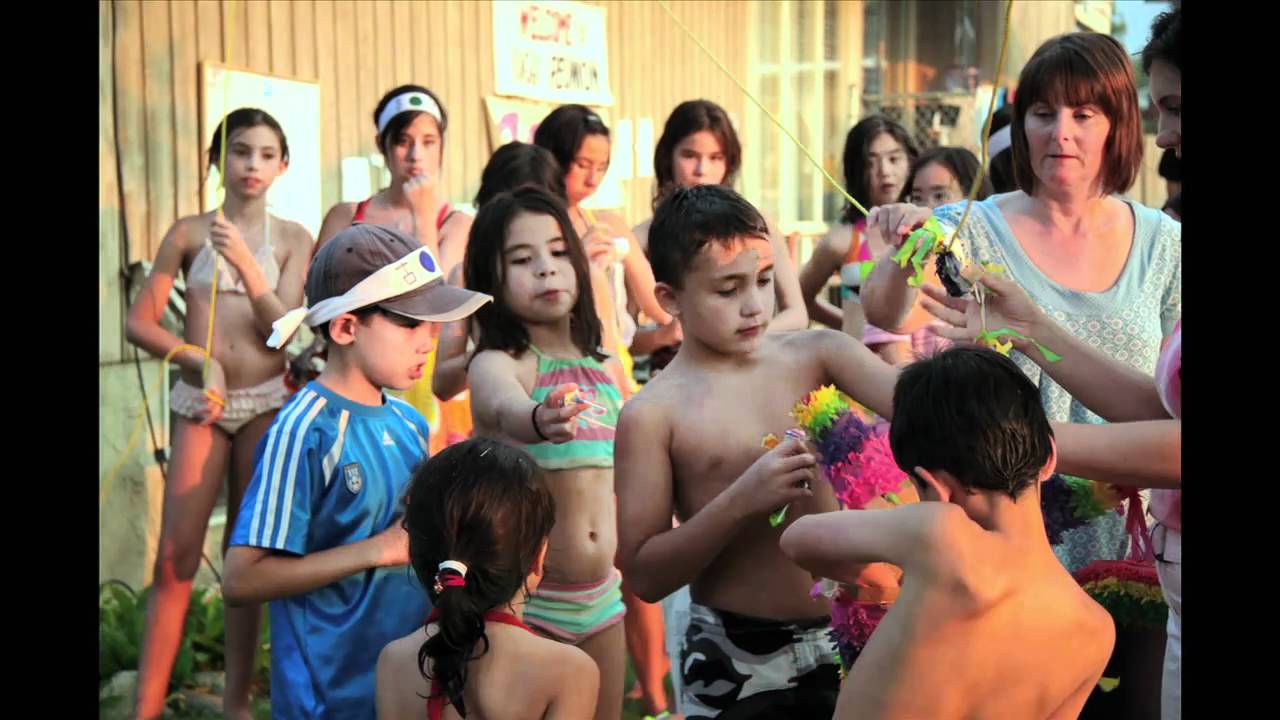By Chlotrudis Independent Film Society
Rating: 3 cats
Director: Jeff Chiba Stearns

Country: canada
Year: 2011
Running time: 85
IMDB: http://www.imdb.com/title/tt1588374/
Jason says: “There’s an interesting idea at the center of ONE BIG HAPA FAMILY – investigating the astonishingly high rate of mixed marriages among ethnically Japanese Canadians – and director Jeff Chiba Stearns is enthusiastic about pursuing it and occasionally ingenious in presenting it to the audience. I’m not sure that there’s a feature-length movie to it, though, even if his using his own family as a sort of lens isn’t as limiting as one might think.
“The idea for the movie came from the 2006 Koga family reunion he attended in Kelowna, British Columbia. Amid all the seeing near and distant relatives, playing silly games, and the like, he notices that every married couple there younger than his grandparents is mixed, leading to a couple generation’s worth of ‘hapa’ kids running around. This isn’t the case with other visible minorities – though such marriages are the majority among Japanese-Canadians, they are relatively rare among those of South Asian descent, for instance – and he set out to find out why this was.
“The short answer, it turns out, is that it goes back to World War II; not only were many Canadians of Japanese descent placed in internment camps, but laws were passed preventing them from living near the western coast. Spread thin and disparaged, intermarriage was inevitable. The section of the movie devoted to this information is intriguing, especially when Stearns visits the New Denver Camp on Vancouver Island and speaks to caretaker Sakaye Hashimoto, a man interned there as a child. The potential is there for a movie or two on this subject alone.
“Most of the film is told from the perspective of Stearns and his family, who are a tremendously varied bunch; one set of brothers and sisters each seems to take after a different section of their family tree. He’s got grandparents who were uncertain about who their kids were marrying, an uncle from Trinidad who is an accomplished musician, and a bunch of cousins, nieces, and nephews who take their being something other than just Canadian for granted. He intersperses animated segments throughout, using many different art styles but often returning to a friendly, rounded style of cartooning. It’s a shame that doing animation is so time-consuming and costly; it gives the film a unique feel that many documentaries lack.
“At times, though, Stearns does seem a bit out of his depth. His narration sometimes gives a likely-inaccurate impression that he’s not wandering very far in his quest for knowledge (I think he uses some variation on ‘as soon as I started this project, I knew I had to talk to so-and-so’ three times). He goes off on tangents that are interesting, such as how the word ‘hapa’ is Hawaiian in origin and some Hawaiian people don’t like that it has become more generalized in use, but which leave the audience at a loose end. He presents a number of interesting facts and examples, but has some difficulty making this as
important a journey for the audience as it is for him.
“It’s a worthwhile movie, and often presented in a unique way. At this point, Stearns may be best served channeling his obvious passion into shorter works or animated narratives (he’s got a bit more skill telling a story with a pen than with narration), but he’s clearly invested enough in the subject to make up for the film being spread a bit thin. 3 cats
“Seen 12 November 2011 in the Paramount Theater’s Bright Family Screening Room (Boston Asian-American Film Festival)”
